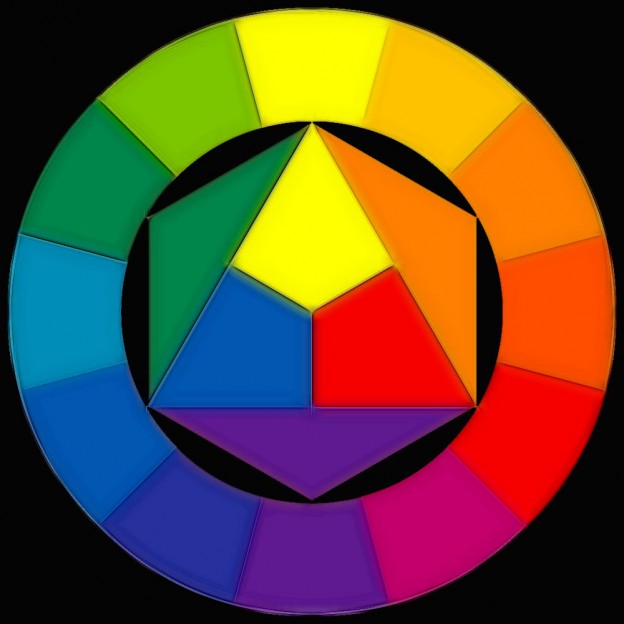Browns and grays contain all three primary colors. They’re created by mixing either all three primary colors or a primary and secondary color (secondary colors of course being made from two primaries). By varying the proportions of the colors you’re mixing, you create the different tertiary colors.
What’s the Easiest Way to Mix a Brown?
Mix a primary color with its complementary color. So add orange to blue, purple to yellow, or green to red. Each of these makes a different brown, so once again make up a color chart to give you a quick reference to refer to.
What’s the Easiest Way to Mix a Gray?
Mix some orange (or yellow and red) with a blue then add some white. You’ll always want more blue than orange, but experiment with the amount of white you use. You can also mix blue with an earth color, such as raw umber or burnt sienna. Of course with watercolor you don’t have white paint; to lighten a gray you add more water instead of white, but remember the gray will be lighter when it dries.
Why Do My Tertiary Colors Keep Turning Out Muddy?
If you mix too many colors together, you’ll get mud. If your gray or brown isn’t coming out the way you want it to, rather start again than add more color in the hope it’ll work.

Leave a Reply
You must be logged in to post a comment.